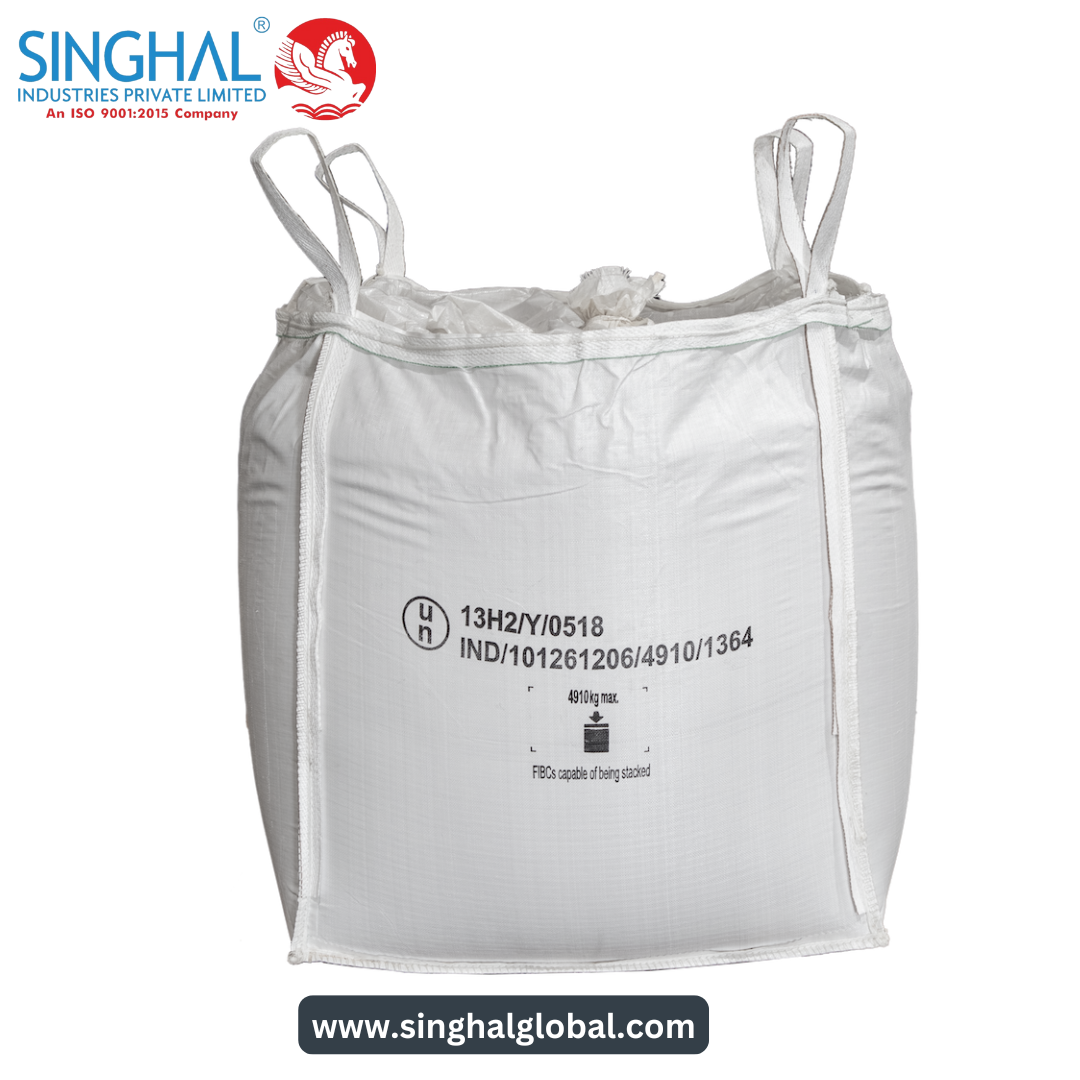
Ventilated bulk bags, often referred to as FIBC bags with vents, play a crucial role in various industries, providing efficient and reliable solutions for bulk storage and transportation. These specialized bags offer unique advantages over traditional FIBC bags with vents, particularly in managing moisture and airflow. This article will delve into the intricacies of ventilated bulk bags, exploring their types, benefits, applications, and future trends in design.
What Are Ventilated Bulk Bags?
Definition of Ventilated Bulk Bags
Ventilated bulk bags are flexible intermediate bulk containers (FIBCs) designed with built-in vents or mesh materials to facilitate airflow. This design is essential for products that are sensitive to moisture and temperature fluctuations.
Key Features of Ventilated Bulk Bags
The primary features of ventilated bulk bags include:
- Airflow: Allowing for proper ventilation helps to reduce moisture build-up.
- Material: Typically constructed from woven polypropylene, these bags are durable and lightweight.
- Load Capacity: Available in various sizes, these bags can accommodate substantial weight, making them ideal for bulk handling.
Types of Ventilated Bulk Bags
FIBC Bags with Vents
FIBC bags with vents are designed with specific openings that permit air circulation. They are particularly beneficial for agricultural products, preventing spoilage during transport.
Ventilated Woven Bags
These bags combine the durability of woven fabric with mesh panels, enhancing their breathability. They are commonly used for storing grains and seeds.
Mesh Bulk Bags
Mesh bulk bags are constructed entirely from breathable mesh materials, allowing maximum airflow. They are suitable for items that require drying or temperature control.
Advantages of Using Ventilated Bulk Bags
Enhanced Airflow
Ventilated bulk bags ensure that air can circulate freely around the contents, which is vital for preventing mold and degradation in stored products.
Moisture Control
The venting system helps manage moisture levels within the Ventilated woven bags, protecting sensitive goods from spoilage and loss of quality.
Versatility in Use
These bags can be utilized across various industries, from agriculture to construction, making them a flexible option for bulk storage and transportation.
Applications of Ventilated Bulk Bags
Agriculture
In agriculture, ventilated bulk bags are often used for storing grains, seeds, and other produce. Their design helps maintain the quality of the products during storage and transport.
Construction
Construction materials like sand and gravel can benefit from the airflow provided by ventilated bulk bags, reducing moisture and enhancing product integrity.
Food Industry
In the food industry, these bags are essential for transporting ingredients that require careful handling to maintain freshness.
Choosing the Right Ventilated Bulk Bag
Size Considerations
Selecting the appropriate size for your needs is critical. Ventilated bulk bags come in various sizes, so consider the volume of materials to be stored.
Material Choices
The choice of material can impact the bag’s performance. Look for bags made from high-quality woven polypropylene for optimal durability.
Load Capacity
Ensure the selected bag can handle the weight of the materials being transported. Each bag has a designated load capacity, so it’s important to choose accordingly.
Expert Insights on Ventilated Bulk Bags
Industry experts highlight the growing importance of ventilated bulk bags in modern supply chains. As businesses strive for sustainability and efficiency, these bags offer a reliable solution for managing bulk products.
Future Trends in Bulk Bag Design
Sustainable Materials
With increasing environmental concerns, there is a trend towards using sustainable materials in the production of ventilated bulk bags.
Innovations in Design
Technological advancements are paving the way for more innovative designs that enhance the functionality of Mesh bulk bags.
Conclusion
Ventilated bulk bags offer numerous benefits, from moisture control to versatility in application. Their unique design makes them an essential tool in various industries, ensuring the safe transport and storage of bulk materials. As trends in sustainability and innovation continue to shape the market, ventilated bulk bags will remain a key component of effective bulk handling strategies.
FAQs
What is the difference between FIBC bags and mesh bags?
FIBC bags typically have vents designed for airflow, while mesh bags are constructed entirely from breathable materials, allowing for maximum ventilation.
How to clean ventilated bulk bags?
Cleaning ventilated bulk bags can usually be done with mild soap and water. Ensure they are thoroughly dried before storage to prevent mold growth.
Can ventilated bulk bags be reused?
Yes, ventilated bulk bags can often be reused if they are cleaned properly and remain in good condition.





Leave a Reply